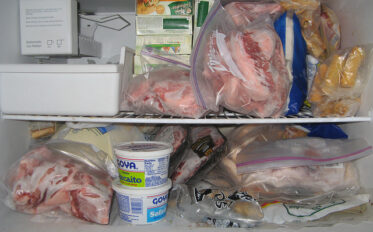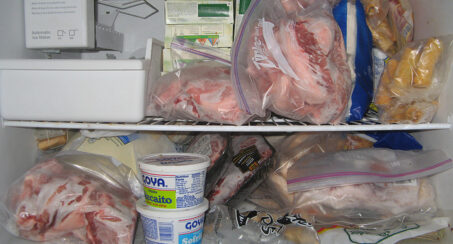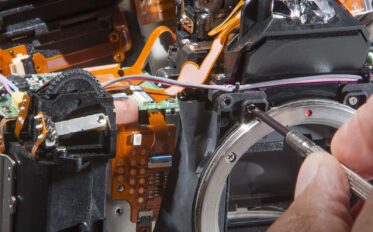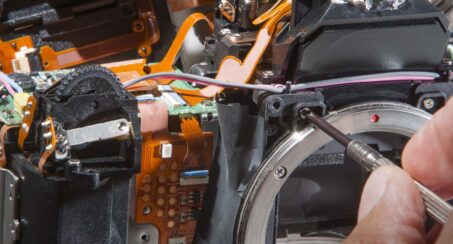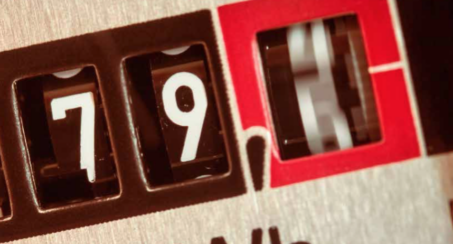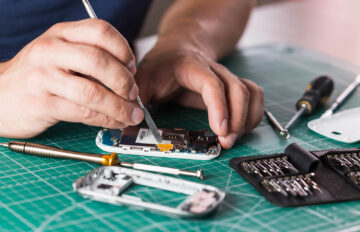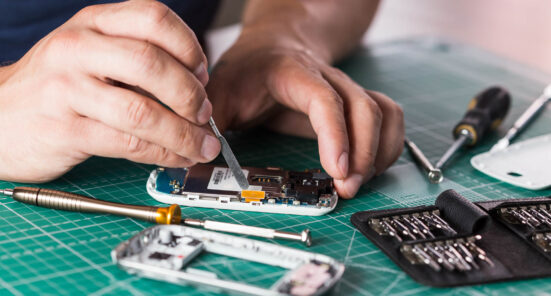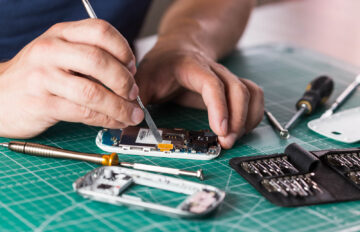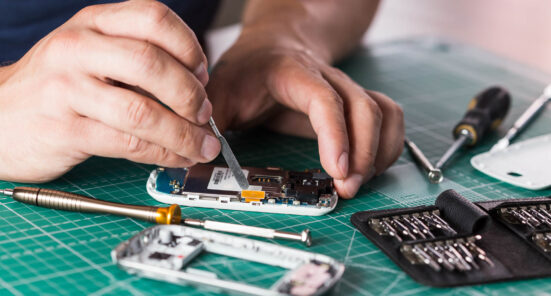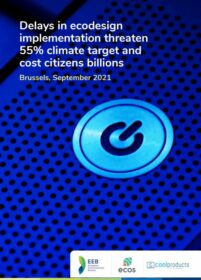Fridges are the most commonly owned appliance in the European Union and often the most energy-consuming in our homes. EU rules and the energy labels have done a lot to improve their efficiency, and revised requirements are about to enter into force.
Official data estimates that household fridges and freezers consumed about 87 TWh of electricity in 2015 in the EU, which is more than the residential electricity consumption of Italy.
As new technologies develop, refrigerators, freezers and combined fridge-freezers are increasingly sophisticated, with new functionalities (frost free, screens, etc.) that increase energy consumption.
What’s the European Union doing?
Thanks to nearly thirty years of energy labelling and ten years of enforcing the ecodesign regulations, fridges and freezers are now on average 60% more efficient than they were in 1992. But the label grew obsolete with the addition of too many ‘+’ classes above ‘A’.
A very much needed revision of these regulations was initiated in 2015, reassessing the scope, the currently applicable correction factors, the ambition of the label, as well as the possibility to increase product repairability, recyclability and durability. This led to the adoption of revised regulations in 2018, which will enter into force in 2021.
The new ecodesign requirements set further stages of energy efficiency improvements (in 2021 and 2024) applicable to fridges, freezers and wine storage appliances, and the efficiency formulas leave slightly less room for correction factors and bonuses that used to distort the ratings in the past. First (relatively shy) provisions to facilitate product repairability have also been added.
As regards energy labelling, the new label format to be implemented by 2021 retains the highly welcome shift back to a simple A-G scale, with genuinely demanding top classes.
These revised rules are expected to further save 10 TWh/year of electricity by 2030.
What does the Coolproducts campaign want?
-
Further facilitate repair and recyclability of fridges and freezers in the next revision of the ecodesign measure, and use the energy label to communicate information about these aspects (e.g. repairability score);
-
Honest assessment if further simplification of the energy efficiency formulas and removal of correction factors is needed, based on the first market feedback of the new rules;
-
Sufficient levels of public communication on the new label format, to help consumers during the transition period in 2021.
Coolproducts technical inputs and position papers:
2018 – Fridges: Recommendations on the final Ecodesign and Energy Labelling proposals


